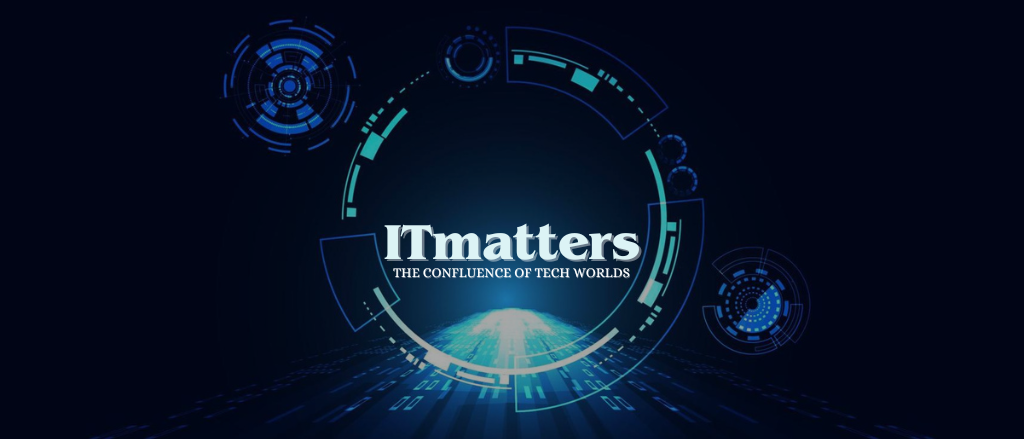
Microsoft’s AI Shift: Moving Beyond OpenAI
Microsoft is making a big move in the artificial intelligence space. The tech giant is developing its own AI reasoning models, a step that could reduce its reliance on OpenAI, the creator of ChatGPT. A recent report by The Information states that the company has been testing AI models from Meta, xAI, and DeepSeek. The company is exploring alternatives to OpenAI’s technology for its Copilot product. This shift highlights its strategy to build more independent AI capabilities.
Why is Micrositoft Moving Away from OpenAI?
Microsoft has been a key supporter of OpenAI. However, reports suggest it is now looking to diversify its AI sources. One of the main reasons behind this shift is cost reduction. Running AI models is expensive, and the company aims to cut costs by using a mix of internal and third-party models. Gaining more control over AI development is another driving factor, as developing its own models allows Microsoft greater flexibility. Additionally, the competitive edge is crucial.
MAI vs. OpenAI
Microsoft has already trained a new AI model family called MAI. According to reports, these models perform almost as well as OpenAI’s and Anthropic’s models. The company is also working on AI reasoning models that use chain-of-thought techniques to solve complex problems. If successful, these models could rival OpenAI’s reasoning capabilities. The AI division, led by Mustafa Suleyman, is actively testing these models in Microsoft Copilot. If they prove reliable, Microsoft might replace OpenAI’s models in its AI products.
The Struggles of 365 Copilot
When Microsoft introduced Copilot in 2023, it was positioned as a revolutionary AI assistant for Microsoft 365. However, the product did not achieve the level of success the company had hoped for. Many users found it too expensive, while others struggled with its inconsistent responses and limitations in real-world applications. Businesses expected a seamless AI integration, but Copilot often fell short in providing accurate and contextually relevant outputs. As a result, adoption rates have been lower than anticipated, pushing the company to rethink its AI strategy.
The company is now working on integrating its own AI models into Copilot to improve efficiency, reduce reliance on OpenAI, and lower costs. By developing proprietary AI, Microsoft aims to offer a more refined and effective product that can better compete in the rapidly evolving AI landscape.
What This Means for the Future of AI
Microsoft’s decision to develop its own AI models is a bold move, signaling a shift in how tech companies approach AI development. With this new player entering the AI race, competition with OpenAI, Google, and Meta is likely to increase. More players in the AI space mean more innovation and better AI models. If Microsoft succeeds in reducing AI costs, businesses using Copilot could benefit as well. This shift could make AI more accessible and affordable for businesses and consumers alike.
